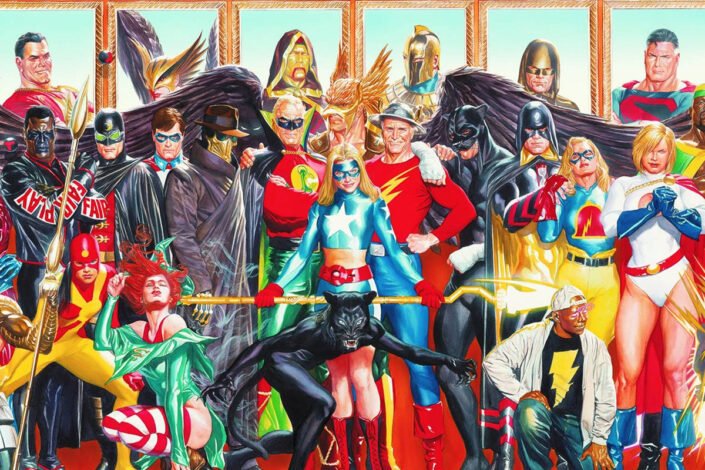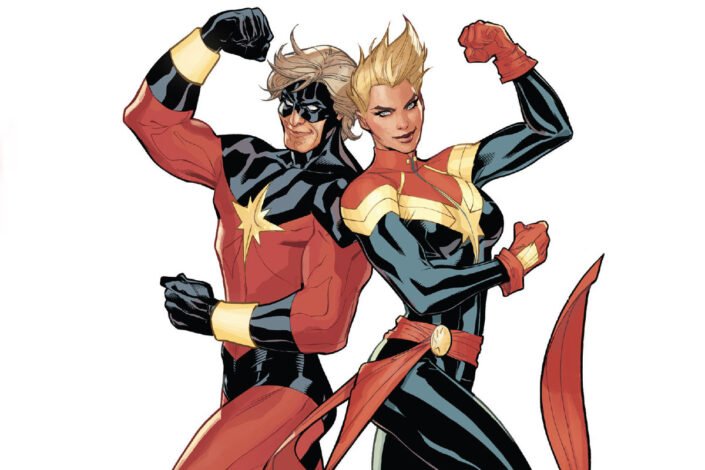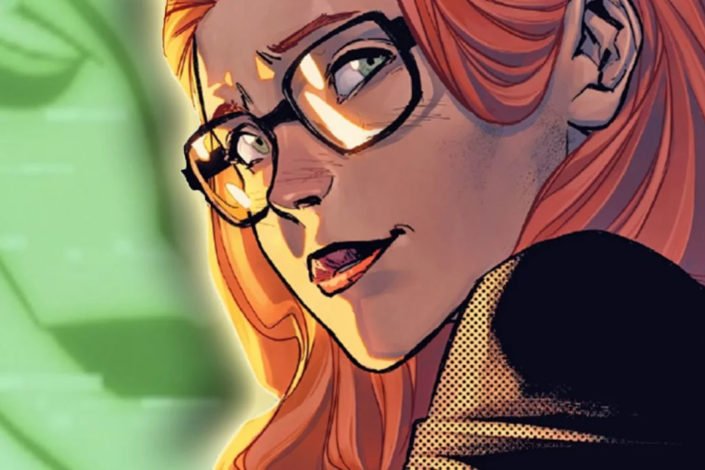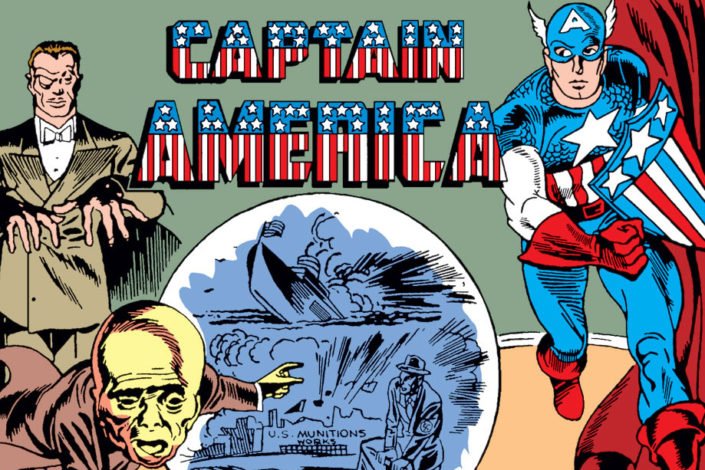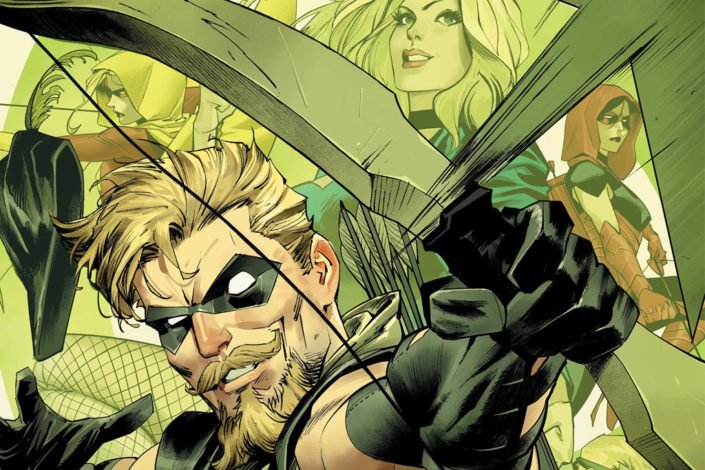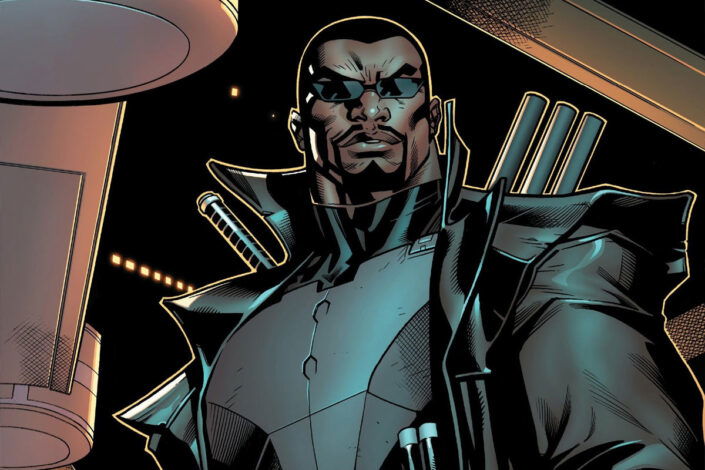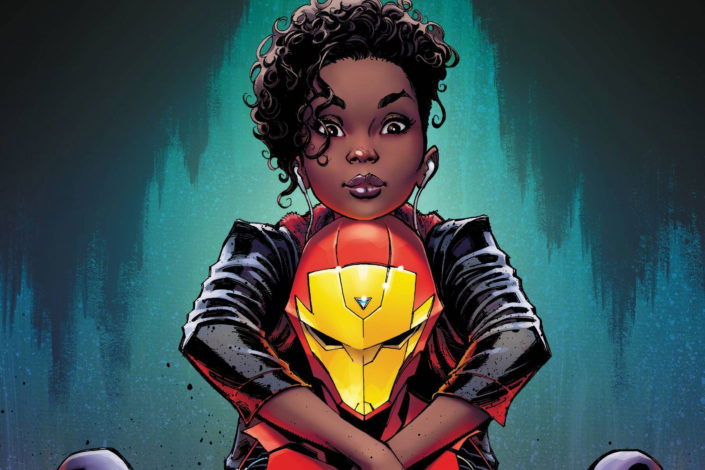JSA Reading Order, The Justice Society of America!
The Justice Society of America is the first team of superheroes in comic book history. Launched during the Golden Age of Comic Books, making its first appearance in All Star Comics #3 (Winter 1940-41), the JSA was conceived at DC Comics by editor Sheldon Mayer and writer Gardner Fox–Everett E. Hibbard was the artist on the title.
The original members of the Justice Society of America were Doctor Fate, Hourman, The Spectre, Sandman, Atom, Flash, Green Lantern (Alan Scott), and Hawkman. For a good decade, they were quite popular, but the team didn’t survive the post-war disinterest in superheroes in comics. Their adventures ceased with All Star Comics issue #57 (March 1951), but it was not the end for the JSA.
During the Silver Age, multiple members of the Justice Society of America were revamped and the team became the Justice League (see our JL reading order for more about that). At one point, the original JSA resurfaced, but this was on what became known as Earth-Two (the JL being on Earth-One). With a multiverse annual team-up with the Justice League, the JSA stayed alive and well for two decades–and even got a spin-off. Then, there was the 1985 Crisis on Infinite Earths that put an end to the JSA (and Earth-Two) for a time.
This didn’t last as a revival of the JSA happened in 1991. The old characters returned, but not in the past. But that didn’t last, a tragedy (an editorial one) occurred, the JSA disappeared, but was not forgotten.
In fact, the team was constantly present in the new Starman series by James Robinson (following his JSA: The Golden Age Elsewhere miniseries). This title led to another, a new JSA series. The team stayed active until the New 52 era, then disappeared again. The Rebirth era reestablished its place in the continuity though, but it was not until Geoff Johns came back to relaunch the title during the Infinite Frontier/Dawn of DC era that the Justice Society regained a bit of staying powers.
Read More »JSA Reading Order, The Justice Society of America!
